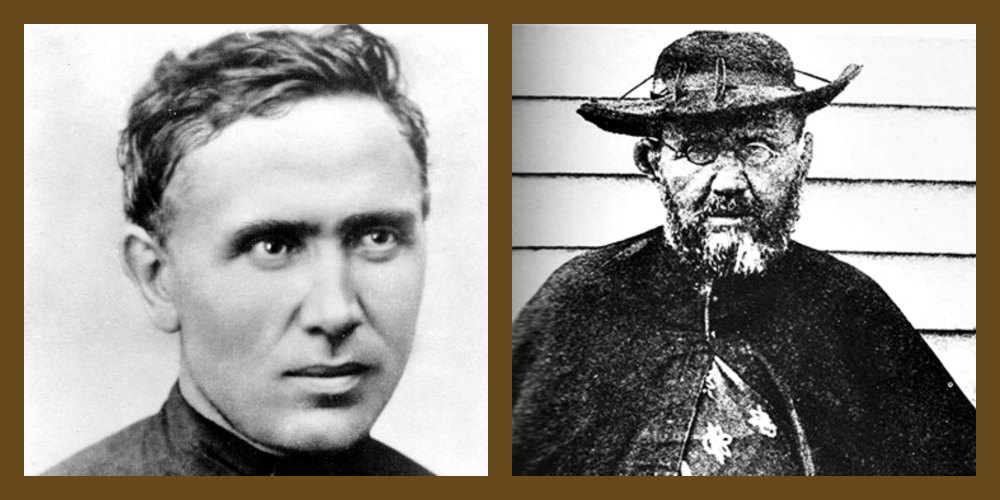A Reflection by Fr. Brian:
(this is part 1 of a several part reflection on two California wildfire experiences I had)
Whenever I hear the song “Wildfire” by Michael Martin Murphy, it brings to my mind one of the things I feared the most living in the state of California. That is, wildfires! The song itself is not about wildfires, but about a beloved horse named “Wildfire” who busted down its stall, was lost in a blizzard and died. But, it reminds me that life is fleeting and that, in the end, we should never lose what we love.
I think of all the ravages of wildfires around the world and how scary they are and it brings me back to what is really important in our lives.
The fire started on Saturday, October 19, from an incompletely extinguished grass fire in the Berkeley Hills, northeast of the intersection of California State Routes 24 and 13 (0.5 mi (0.8 km) north of the Caldecott Tunnel west portal). Firefighters fought the 5-acre (2.0 ha) fire on a steep hillside above 7151 Buckingham Blvd., and by Saturday night they thought it was under control.
The fire re-ignited as a brush fire shortly before 11 a.m. on Sunday, October 20 and rapidly spread southwest, driven by wind gusts up to 65 mi (100 km) per hour.[3] It quickly overwhelmed local and regional firefighting resources. By 11:30 a.m., the fire had spread to the nearby Parkwoods Apartments located next to the Caldecott Tunnel. Shortly before noon, the fire had been blown up to the top of Hiller Highlands to the west, from where it began its sweep down into the Hiller Highlands development and the southern hills of Berkeley. Burning embers from houses and vegetation were carried ahead of the fire line by torrid winds and started new blazes ahead of the original burn. Within thirty minutes the fire had crossed both Highway 24, an eight-lane freeway, and Highway 13, a four-lane freeway, eventually igniting hundreds of houses in the Forest Park neighborhood on the northwest edge of the Montclair district and in the upper Rockridge neighborhood. The fire eventually touched the edge of Piedmont, burning some municipal property, but the buildings and houses were spared.
The hot, dry northeasterly winds, dubbed as “Diablo winds” in reference to the Diablo mountain range, Diablo Valley, and surrounding geography of same name, periodically occur during the early fall season. These are similar to the Santa Ana winds in Southern California, and have been the cause of numerous devastating fires. The fire began generating its own wind, the defining characteristic of a firestorm. The superheated fire-driven winds combined with warmer, drier air east of the Oakland-Berkeley Hills, and interacted with the ambient cooler, more moist Bay/Coastal air to create erratic, dangerous gusts, which helped produce numerous rotational vortices. All of these combined to help spread the fire, tossing embers in all directions. The wind was so strong that it also blew debris across the bay into San Francisco. Ash fell onto the field of Candlestick Park where the Detroit Lions and San Francisco 49ers were playing during that afternoon.[4] The CBS telecast of the game also showed live footage of the fire. As with the 1989 Loma Prieta earthquake two years earlier, the blimp shots from the national sports media provided many people with first word of the disaster.
By mid-afternoon, the wind had slowed and shifted to the west, driving the fire to the southeast. At about 9 p.m., the wind abruptly stopped, giving firefighters a chance to contain the fire.[5]
(continued tomorrow with my experience of the firestorm)
